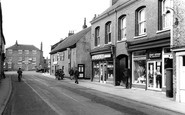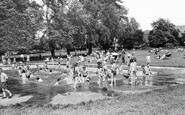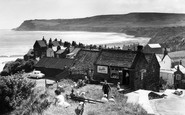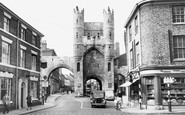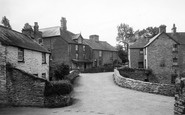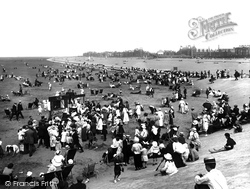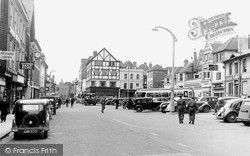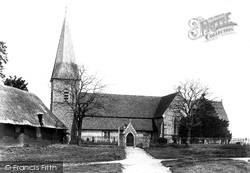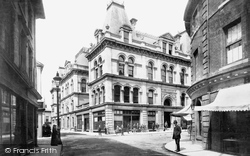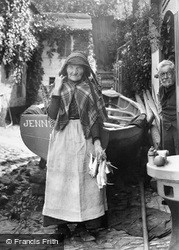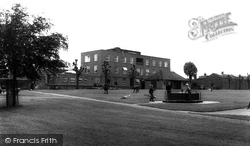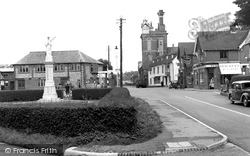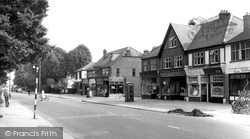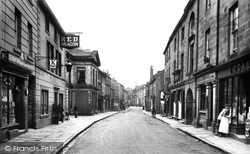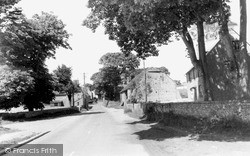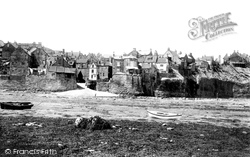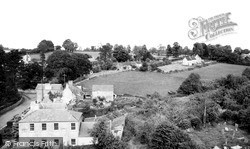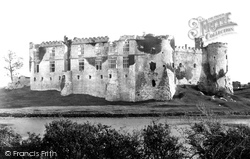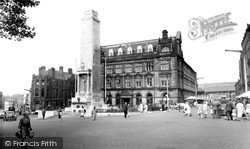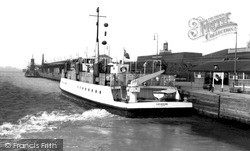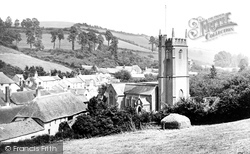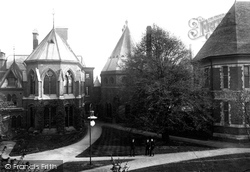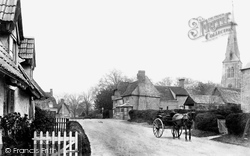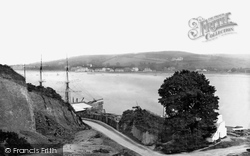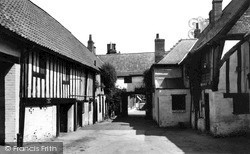Places
3 places found.
Those places high-lighted have photos. All locations may have maps, books and memories.
Photos
63 photos found. Showing results 1,721 to 63.
Maps
12 maps found.
Books
1 books found. Showing results 2,065 to 1.
Memories
7,556 memories found. Showing results 861 to 870.
98 & 100 High Street
These two shops in the High Street in Crowle were owned by my grandmother Rose Raper. They were handed down to my father and aunt. My dad Raymond Raper had the grocers shop at number 98 and we lived above the shop until I was ten ...Read more
A memory of Crowle by
Brixham
Coming to Brixham from just outside of London as an 11 year-old was a real culture shock. New smells (fish!) new sounds (seagulls) and new faces (the inhabitants of the south west certainly have distinct facial features...to say nothing of ...Read more
A memory of Brixham in 1880 by
Happy Days In Thorne Park
Happy days in the paddling pool and on the swings, the old parkie taking your name for riding your bike in the park, what did he do with all the names? Remembrance Day in the park in 1963 as a cub, Mr Metcalf leading us. ...Read more
A memory of Thorne in 1962 by
Living With Nanny
I remember well living with my nanny in Neames Forstell, she was Rose Beake, a formidable lady, but oh how I loved her. I remember going to Selling school, and if it rained or snowed being brought home in the police car by Sargeant ...Read more
A memory of Selling in 1954 by
Bank Holidays
Eastenders without gardens used to flock to Chingford Plains on a Bank Holiday to enjoy the grass and forest. Crowded buses used to terminate at the Royal Forest Hotel and then park in the front of the hotel ready for ...Read more
A memory of Chingford in 1958 by
Childhood Holidays
My gran bought 3 caravans in 1957 which were on the caravan site at Lower Largo. My parents, brother, me, my aunt, my uncle and their 2 children all spent all our holidays there - summer, easter, bank hols, etc. Us children ...Read more
A memory of Lower Largo in 1957 by
Grandfather Hatcher
My grandfather, Frederick John Scott Hatcher, married a Guernsey girl, Alice Bougourd. There are Bougourds buried in the Churchyard at Haselbury. I believe the family lived in Haselbury Plucknett, and I know that ...Read more
A memory of Haselbury Plucknett in 1860 by
Happy Thoughts Of Bay
I believe I am the girl sitting on the grass looking towards the sea in this photograph. My name then was Susan Groves and my dad was a fisherman. We owned a shop down the bank called The Shell Shop where dad sold many ...Read more
A memory of Robin Hood's Bay in 1960 by
On My Way Into Town Or To Visit My Friend Steve Flanagan
Having lived in the U.S now for 35 years this photo makes me very homesick as I haven't seen the old place since 1972! I remember walking down Lord Mayor's Walk and turning the corner next to ...Read more
A memory of York in 1962 by
Cynwyd Youth Hostel
The Youth Hostel in Cynwyd was a converted watermill. It was very old and very damp and I stayed there one wet weekend in April 1967 with my girlfriend Angela Chapuis as we were heading towards Snowdon. I had a top bunk and banged ...Read more
A memory of Cynwyd in 1967 by
Captions
2,471 captions found. Showing results 2,065 to 2,088.
West Huntspill, which we see here, grew from a conglomeration of agricultural hamlets straggling across the Levels.
On the right of the group, three young ducklings are hitching a ride on their mothers' backs. Reed beds can be clearly seen at the far edge of the broad, with trees on land behind.
Mums and children gather round to watch the antics of Punch and Judy, or buy an ice cream from Robinson and Eastwood's stall.
This view is looking back towards the High Street.The Southern Daily Echo (now the Southern Evening Echo) still exists, but not its Salisbury office.The famous clock above Electric House is still there.The
This fine Early English church, set back from the village and behind a narrow green, boasts a raised 13th-century chancel and a tapering, shingled broach spire.
Mums and children gather round to watch the antics of Punch and Judy, or buy an ice cream from Robinson and Eastwood's stall.
Built in 1882, the Corn Exchange continued in use as such right up until 1972.
The fisher women of Newlyn clustered at the fish-stalls with their 'cowels', baskets carried on their backs, which were supported by a band passed round their foreheads.
The Recreation Ground, known as 'the Rec', was purchased by public subscription started in 1887, the year of Queen Victoria's Golden Jubilee.
Horndean began as a result of the 18th-century turnpike road.
By the 1930s the tiny hamlet of Hare Street had been swallowed up into Gidea Park.
This is the scene looking back down Kirkby's Main Street towards the Royal Hotel, which can just be seen in the distance.
Back into Willingdon, continue north to turn towards Jevington, through Wannock, and onto the scenic Jevington Road.
With a little imagination, it is almost possible to smell the uncovered weed drying in the sun, as a lonely figure tramps with bowed back along the lower part of the slipway towards the boat trolley,
Here we see Nunney at the north-east end. The house in the foreground, built in 1820, was the church school house until 1896, when it became known as the Church Rooms.
The west range of the castle to the right dates back to the 13th century, whereas the heavily fenestrated north range to the left is Elizabethan, the work of Sir John Perrot, half-brother
The Main General Post Office is on the left of the photograph. Gone are the days when it opened seven days a week from 7.30am to late in the evening.
A little further east along the Essex shore our photographer reaches Tilbury and continues his maritime theme; he firmly turned his back on the remarkable 1670s Tilbury Fort, built by a Dutch engineer
Combeinteignhead takes its name from the valley which runs down to the Teign estuary at Combe Cellars.
The Oxford Union consists of various buildings in the style of the Gothic Revival which date back to the Victorian and Edwardian eras.
This view looks back towards the town centre with London Road to the left by the Marquis of Granby and the tram leaving London Road.
Ellington's church is mentioned in the Domesday Survey of 1086, but the oldest surviving part of the building dates back to the 13th century.
Instow grew as a resort town at the mouth of the Torridge in the 1830s, and most of the terraces and villas on the shore in this picture date from then.
Frith's photographer was looking back through the carriageway towards Church Street straight ahead.
Places (3)
Photos (63)
Memories (7556)
Books (1)
Maps (12)

